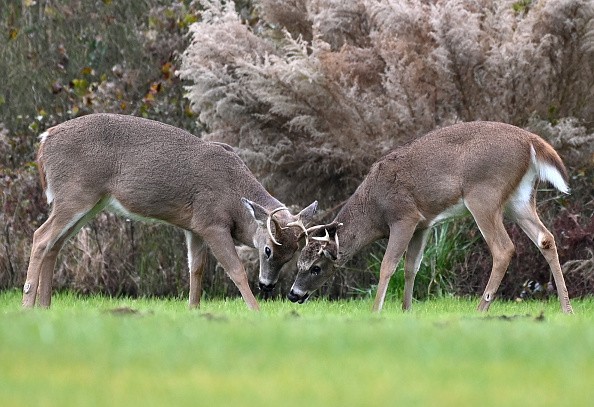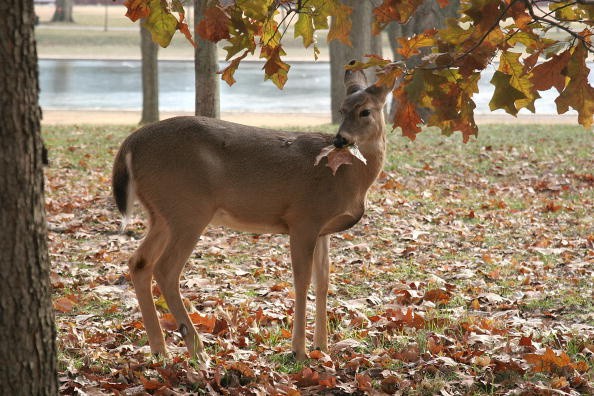Texas's severe drought and hot heat may be slowing the development of white-tailed deer antlers. Drought is now gripping Texas, and according to the most recent government map issued on June 27, drought conditions have increased and exacerbated for the third week in a row.

Texas Drought
Currently, 43 percent of the state is experiencing significant drought, with 17 percent experiencing "exceptional drought."
Prolonged severely dry weather affects plants, drying up the soil and restricting growth, leading them to not develop to their typical size.
Running Out of Food
As herbivorous animals, this will significantly impact the amount of nourishment that white-tailed deer can ingest, affecting development and reproduction.
Daisy, clovers, and other herbaceous blooming plants, commonly known as forbs, are crucial in assisting male deer in growing antlers, accounting for over 70% of a deer's diet in spring and summer. The drought will limit deer access to forbs and cause the vegetation to dry out.
Drought has grabbed two-thirds of the state, with no imminent respite in sight, according to Alan Cain, whitetail program head for the Texas Parks and Wildlife Department.
Temperatures in South and Central Texas have hit 100 degrees in May and early June. Furthermore, the wind has been unrelenting, depriving the soil of moisture and turning most of the terrain grey.
Growing Antlers

Antlers, employed in male white-tailed deer for dominance displays, fighting, and sexual quality signaling, require a lot of water and nourishment to grow to their maximum capability.
Males start growing their yearly set of antlers in late spring, which is heavy in the water and low in a dry matter as they mature, and the antlers only start to mineralize or harden in late August. Blood supply to the antlers stops once growth is complete. They will be shed by early spring and ready to sprout again next year.
The drought is predicted to influence this developing cycle, leading antlers to be stunted compared to previous years.
"We've recorded yearly fluctuations in buck antler size connected to drought and heat," Mississippi State University's Bronson Strickland, Professor of Wildlife Management and Extension Wildlife Specialist, told Newsweek.
"We recorded a year or two lag-time, which means that the environmental factors encountered by the mother when pregnant, or during the buck fawn's first year of life, might impact antler growth a year or two later."
According to Matt Ross, assistant director of conservation for the Quality Deer Management Association, if forbs are not edible, deer will not consume them. "Forbs supply nourishment, energy, and minerals much over what deer require for bodily maintenance, so as long as deer have access to a flush of forbs when they need them, it will be a successful antler year."
Deer Population
Texas has an estimated population of 5.4 million deer, but Cain predicts a fall in the coming year due to drought and lower birth rates.
"The five-year average fawn recruitment in the state is roughly 38 percent," he told the Athens Review. "It would not be surprising to see the 2022 projection go below 30%."
For similar news, don't forget to follow Nature World News!
© 2025 NatureWorldNews.com All rights reserved. Do not reproduce without permission.





